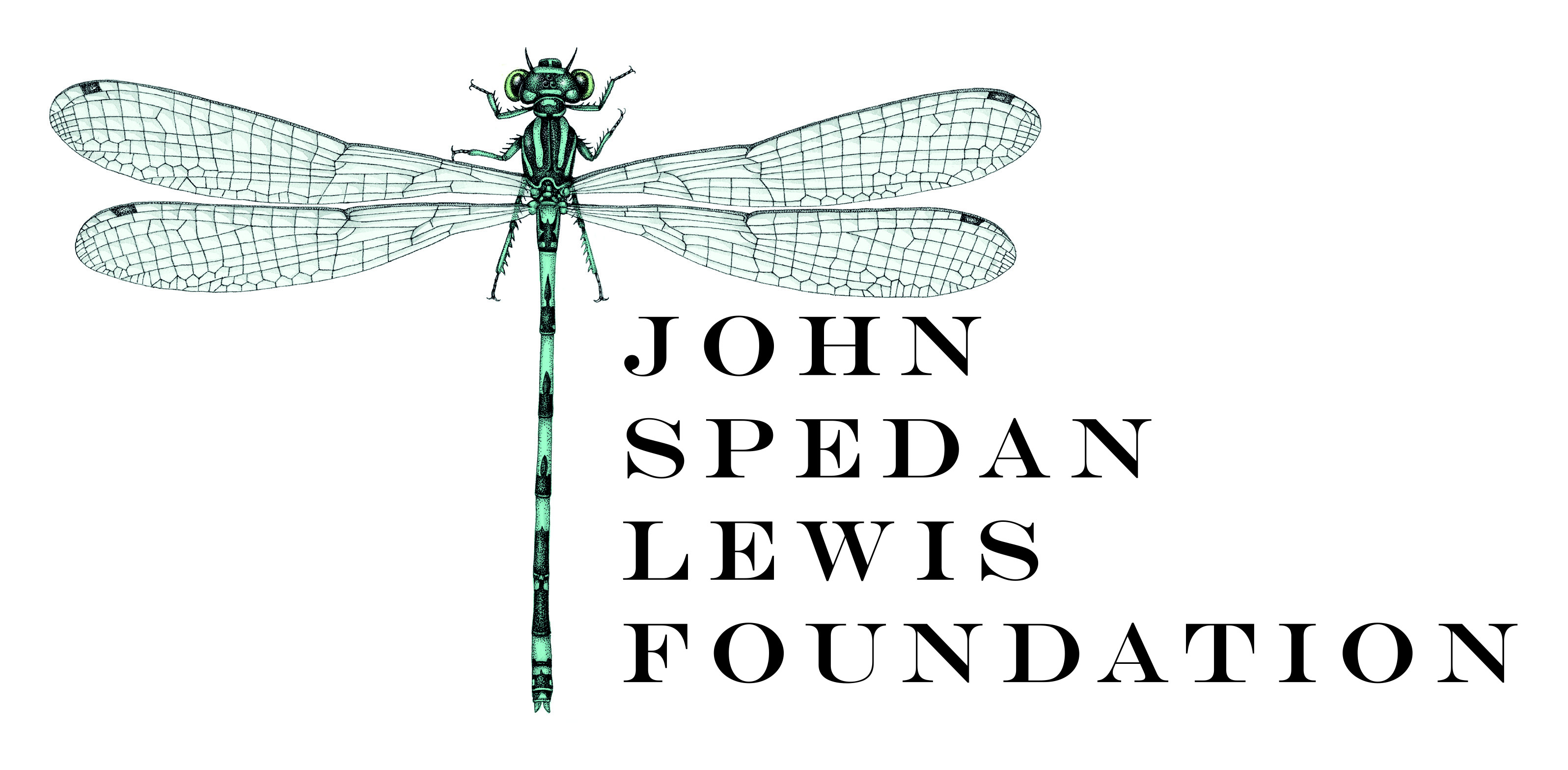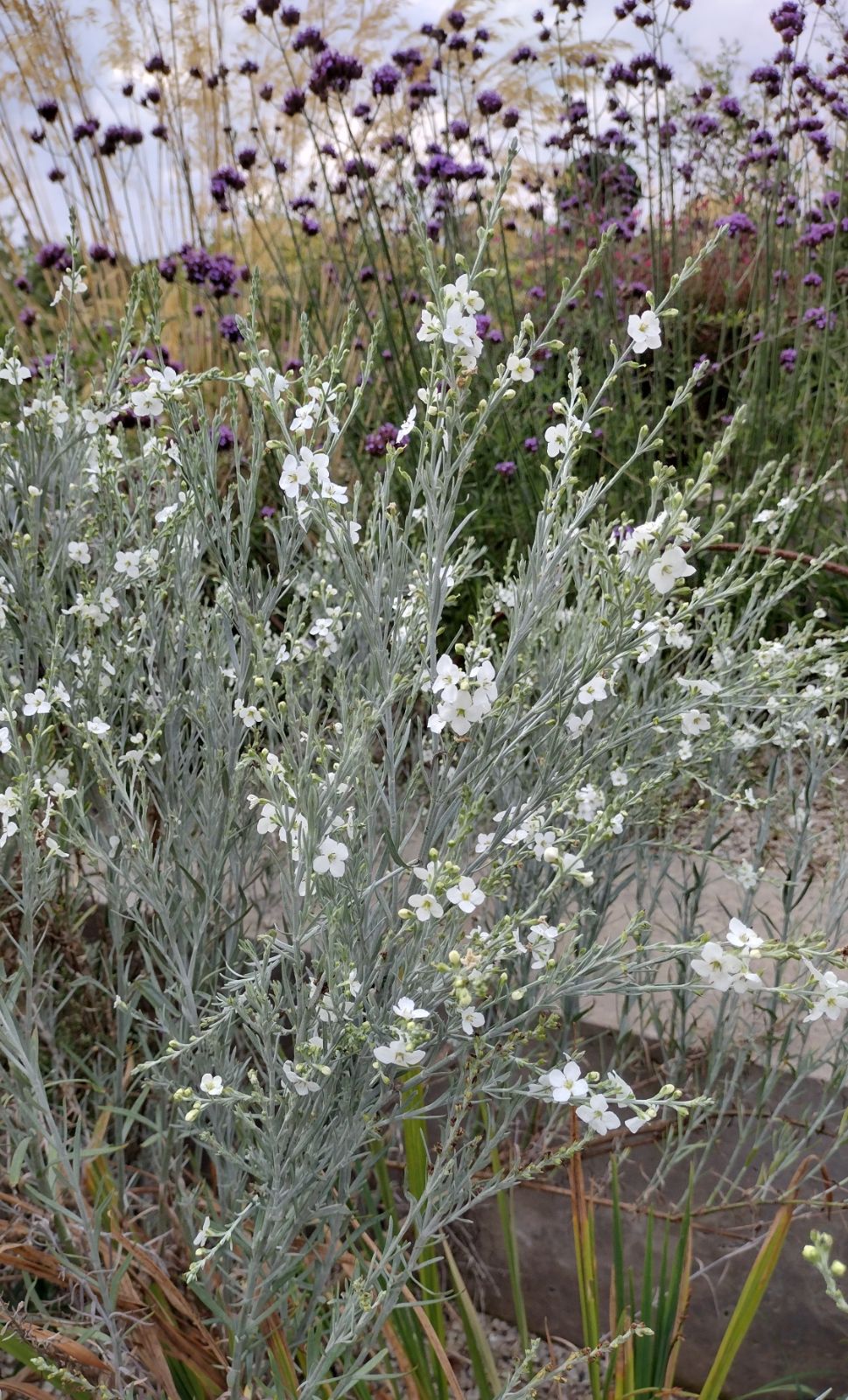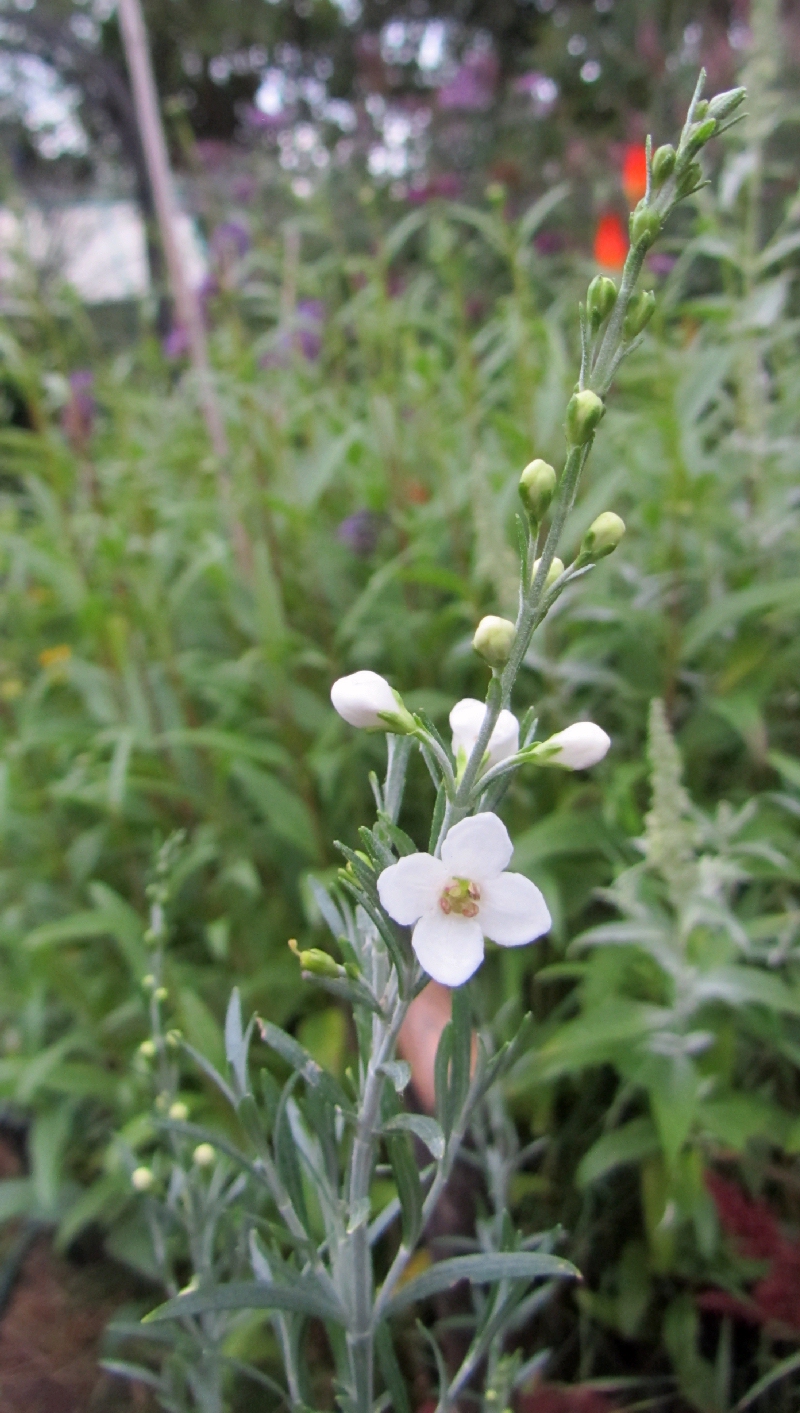Buddleja virgata
Sponsor
Kindly sponsored by
The John Spedan Lewis Foundation

Credits
Andrew Large (2021)
Recommended citation
Large, A.T. (2021), 'Buddleja virgata' from the website Trees and Shrubs Online (treesandshrubsonline.
Genus
Common Names
- Otterbush
- River-star
- Besembossie
Synonyms
- Gomphostigma virgatum (L.f.) Baill.
- Gomphostigma scorpoides Turcz.
- Sopubia eenei S. Moore
- Sopubia leposa S. Moore
Infraspecifics
Other taxa in genus
- Buddleja albiflora
- Buddleja alternifolia
- Buddleja araucana
- Buddleja asiatica
- Buddleja auriculata
- Buddleja caryopteridifolia
- Buddleja colvilei
- Buddleja cordata
- Buddleja crispa
- Buddleja crispa × lindleyana
- Buddleja curviflora
- Buddleja davidii
- Buddleja delavayi
- Buddleja fallowiana
- Buddleja fallowiana × davidii
- Buddleja FLUTTERBY™ Series
- Buddleja forrestii
- Buddleja globosa
- Buddleja glomerata
- Buddleja japonica
- Buddleja lindleyana
- Buddleja LO AND BEHOLD® Series
- Buddleja longiflora
- Buddleja loricata
- Buddleja × luteolufaucia
- Buddleja macrostachya
- Buddleja marrubiifolia
- Buddleja megalocephala
- Buddleja 'Miss Ruby'
- Buddleja 'Morning Mist'
- Buddleja myriantha
- Buddleja New Dwarf Hybrids
- Buddleja nivea
- Buddleja officinalis
- Buddleja 'Orange Sceptre'
- Buddleja paniculata
- Buddleja × pikei
- Buddleja 'Pink Delight'
- Buddleja saligna
- Buddleja 'Salmon Spheres'
- Buddleja salviifolia
- Buddleja 'Silver Frost'
- Buddleja speciosissima
- Buddleja 'Summer Beauty'
- Buddleja × wardii
- Buddleja × weyeriana
- Buddleja × weyeriana Hybrids
- Buddleja 'Winter Sun'
Undershrubs with woody base, 0.5–2 m. Branchlets with a silvery indumentum of stellate scales, occasionally glabrous. Leaves opposite with a connecting ridge, sessile, glabrous or stellate-scaly, 5–80 × 1–5 mm, narrowly oblong, rarely narrowly obovate, acute or sometimes rounded at the apex, margin entire or sometimes remotely and obscurely toothed. Inflorescence a terminal raceme. Lower bracts leafy, decreasing towards the apex. Flowers 4-merous. Calyx green, glabrous on both sides or scaly outside, obtuse or rounded at the apex, entire, persistent. Corolla cup–shaped, 5–10 mm across, white or occasionally blue or pink, mostly glabrous outside, inside pillose, mostly in short corolla tube 1–4 mm long; lobes suborbicular, rounded, entire, spreading. Stamens exserted, inserted just below the corolla mouth or somewhat lower; oblong anthers, shorter or longer than the filaments (1–2 mm), deeply cordate at the base, rounded to apiculate at the apex, glabrous. Pistil glabrous 4–7 mm; ovary narrowly ovoid to oblong, laterally compressed, rounded or shortly bilobed at the apex, 2–3.8 × 1–1.8 × 0.6–1.2 mm; style persistent; stigma capitate. Capsule oblong, 3–8.5 × 1.5–4 × 1.5–3 mm, laterally compressed or not, fairly bilobed, with an indented line along the line of dehiscence, bivalved; valves torn at the apex. Seeds 1–1.2 × 0.8 long by 1 × 0.6–1 mm, medium brown, obliquely polyhedral, minutely reticulate, not winged. (Leeuwenberg 1983).
Distribution Angola Botswana Democratic Republic of the Congo Southern region Namibia South Africa Eastern Cape, Free State, Gauteng, KwaZulu-Natal, Limpopo, Mpumalanga, North West, Northern Cape, Western Cape Zambia Zimbabwe
Habitat Riparian habitats, in sand or mud along river banks and water-courses, among boulders in flowering water, 600–2500 m.
USDA Hardiness Zone 7-9
RHS Hardiness Rating H5
Conservation status Least concern (LC)
Taxonomic note Buddleja virgata is more commonly known by the name Gomphostigma virgatum, but recent phylogenetic research (Chau et al. 2017) has returned it to the genus Buddleja, restoring the original name given by the younger Linnaeus. It is not to be confused with B. virgata Blanco, a synonym of B. asiatica.
Buddleja virgata is a small twiggy shrub (the epithet ‘virgata’ means twiggy), somewhat resembling common Broom (Cytisus scoparius) in habit, although the narrow silvery foliage is more similar to rosemary or lavender. Hardy when receiving ample summer heat to ripen its wood, it is more tolerant of wetter soils than most Buddleja, its natural habitat being watercourses and river banks thoughout southern Africa (Leeuwenberg 1983), often growing as rheophyte among the stones of the river bed, a surprising sight. It has a wide range in the southern half of Africa and it is probable that the material in cultivation originates from the Drakensberg, where it grows in mountain streams at higher altitudes. John Grimshaw (pers. comm.) has seen it at c. 2500 m in central Lesotho. It is probable that it was introduced to the northern hemisphere through Silverhill Seeds, Cape Town, under the proprietorship of Rod and Rachel Saunders, tragically murdered in 2018. It was in cultivation from this source at K. Sahin, Zaden B.V. in The Netherlands by about 2000 (J. Grimshaw pers. comm. 2021) and probably first reached the British nursery trade through Cotswold Garden Flowers, Badsey, Worcestershire, in 2003, when it appeared as a new item in their catalogue. Bob Brown, proprietor of this nursery, tells us (pers. comm. 2021): ‘I did a random choice from the Silverhill list top right-hand entry of every 5th page in 1993’ – one of these lucky-dip plants was Buddleja virgata, which is the only one of this selection to have persisted at Cotswold Garden Flowers to the present day. It has since become widely cultivated across the milder parts of Europe, but perhaps because it falls between the stools of ‘perennial’ and ‘shrub’ it has not received much attention in published literature.
The usually white flowers are arranged in erect spikes (though the plant may be quite floppy) and appear mid-summer onwards. B. virgata makes an attractive garden plant, tolerant of most soils except very dry conditions, and may even be grown as a marginal. It prefers full sun but will tolerate light shade. It is hardy down to at least –10°C in otherwise optimum conditions (pers. obs.). It may be pruned hard in early spring to encourage bushiness and more prolific flowering.
'White Candy'
Synonyms / alternative names
Gomphostigma virgatum 'White Candy'
It is probable that plants sold under the name ‘White Candy’ are unselected seed-raised individuals not differing from the standard cultivated stock of the species.


